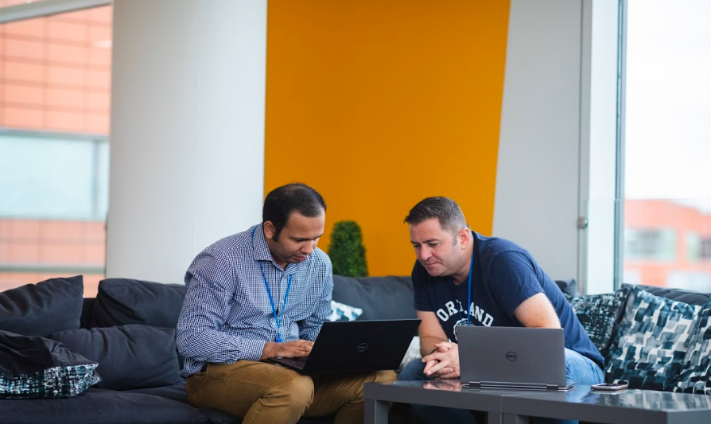We spend a lot of our working week in meetings. On paper, they’re a direct and efficient way to share information and get everyone on the same page. In reality, they interrupt your workflow, regularly veer off topic and can leave people feeling unsure of what the actual purpose was. While there is real value in holding meetings to brainstorm new ideas or conduct company updates, there are certain rules you should follow.
Here’s how to make your meetings more productive.
Set an agenda
An agenda shouldn’t be too in-depth, just a quick note to the attendees explaining the purpose, scope and objective of the meeting. This should curb any irrelevant questions and keep people on topic. It also gives people the opportunity to get up to speed on the subject matter and prepare any supporting material.
Stick to your timings
Don’t waste time waiting for people to shuffle in, always start and finish your meetings as planned. Also, don’t feel obliged to take a full hour for a meeting. If you think 40 minutes will be adequate for the session, that’s all you should set aside. People are more likely to try to fill the time allotted than to finish early.
As you work through the agenda, be mindful of the time and speak up if you feel like one point is being allocated too much unnecessary discussion. Similarly, if you feel like one voice is dominating proceedings, step in to keep things on track.
According to the Jobbio Work Happy Index, meetings are the biggest waste of work time for employees followed by administrative tasks and responding to emails.
Use slides sparingly
Don’t call a meeting just to read from a PowerPoint verbatim. Any colleagues that remain awake are likely to hate you. Instead use visuals to support your point, not make it. If the information is simple enough to be understood from a short presentation, do you really need a meeting? Ask yourself: ‘Can I share this information over email?’
Put away the laptops
To ensure people are fully engaged, ask your coworkers to leave their laptops at their desks. Have one person take notes to be circulated afterwards. This way, attendees aren’t answering emails in the middle of the meeting and are more focused on what’s being discussed.
Assign actions
It’s all well and good discussing what needs to be done, you need to put that good talk to work. Set people specific tasks and deadlines to make sure that the team follows through. Before you call an end to the meeting make sure everyone’s clear on the next steps. Get buy-in then and there to avoid confusion afterwards.
Follow up
Send a follow up email thanking attendees for their time and reaffirming the actions and deadlines. A short summation should be all that’s required.












